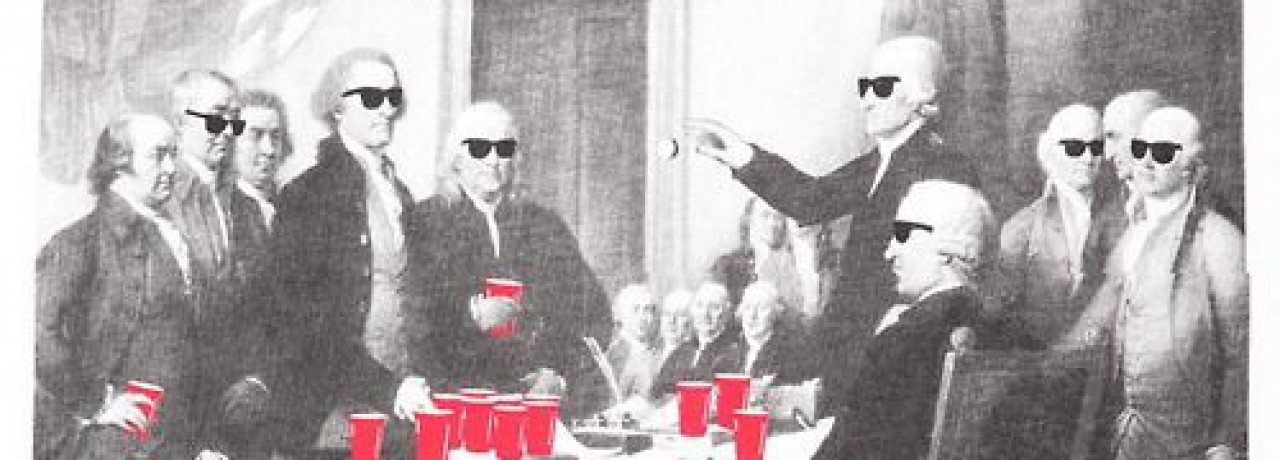Economic substantive due process can be understood as the right to be free from burdensome governmental regulations. There are numerous cases that deal with this idea and at one point it was a popular idea. The Supreme Court created its power but, like they sometimes do, they eventually stripped it away. It’s recent definition is different than what it was meant to be when it first debuted on the political stage.
The use of economic substantive due process played an important role for the Supreme Court for about six decades.We saw at the beginning that the court gave more power to the states in cases like Lochner v New York and Adkins v. Children’s hospital. I would like to focus on Lochner for a second because this was the case that created a firm foundation for SDP and was the case that a lot of Justices referenced in their opinions. The background for the case is New York passed a law called the Bakeshop Act,which limited the amount of hours a baker can work. The Act was put in place to protect the health of bakers. Lochner, owned a bakery in New York and repeatedly violated the act and so he challenged the constitutionality of the law. The Supreme Court ruled in a 5-4 ruling with Peckman giving the opinion that the law was unconstitutional. They stated that it violated the economic substantive due process right to contract, under the 14th Amendment. The thought was that if there was a limit on the amount of hours that an employee then the employer is limited on his ability to contract with them. I think that most people will agree that this decision does not make a lot of sense, but at the time that was the dominating idea. Justice Holmes dissented said in his opinion that the court should let this happen and the good businesses will survive and the bad ones will die out. From the early 1920’s to the late 30’s we see substantive due process dominate the stage.
Then in 1929, the stock market crash ignites the Great Depression. With the election of President Roosevelt the public opinion shifted towards a more regulated economic approach. President Roosevelt presented the New Deal as the answer to the hard times. At first the court had much resistance to the changes and knocked down most of the New Deal legislation. Be then, starting with West Coast Hotel Parrish v. Parrish we start to see the decline of economic Substantive due process. The court shifted gears and repeatedly rejected Substantive due process attacks on both state and local economic regulatory policies. which started the practice of letting the legislative branch determine what was reasonable. Justices would state in their opinions that we need to trust the legislative branch to do their job because they now best in these situations.
In my past posts I have talked about the New Deal and how the Supreme Court was able to influence the executive by pushing back on a lot of President Roosevelt’s New Deal legislation. This more detailed understanding of economic substantive due process shows us that there was “sound” logic behind the resistance and that maybe if President Roosevelt didn’t win, the country would have taken a much different course of action. I think that many Americans and politicians were scared of what would happen if they allowed more regulation to take place, would the government become to powerful? Would business be hindered? What if nationalization started to happen? All of these were valid questions for the time period.
I think that we overlook the person in the office, when we are focusing on the legal side of legislation. But, I think we have to dedicate credit to President Roosevelt, not just the office of the president, because it would be easy for a president to just accept the defeat from the Supreme Court and not push for his policies.

